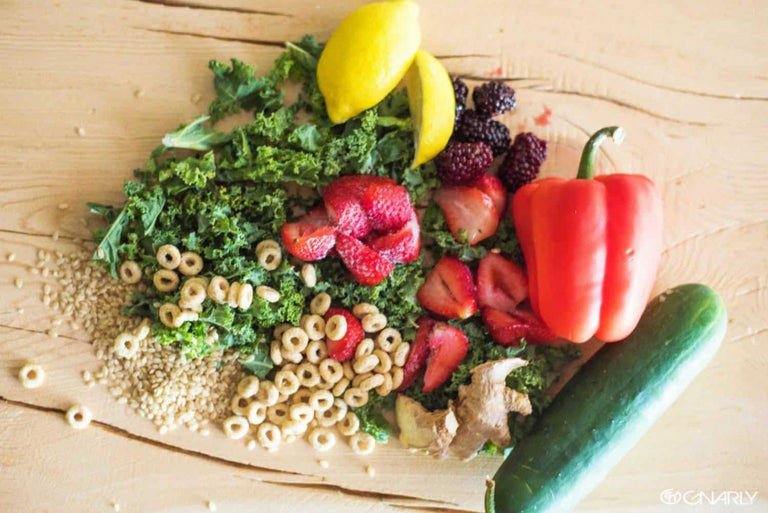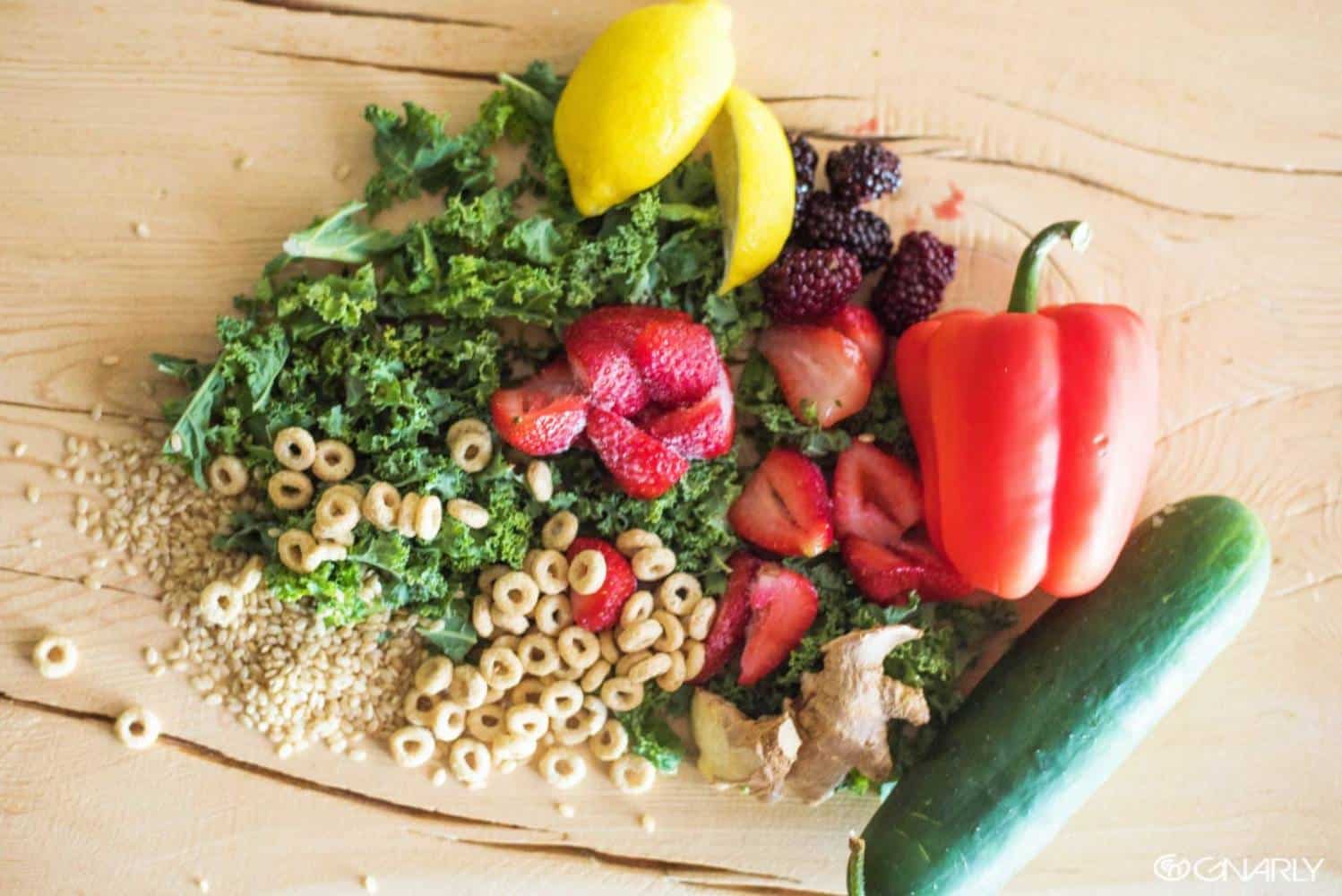Even as adults, vegetables can be a tricky thing. You know (hopefully) that you should be getting plenty of vegetables on a daily basis. But, are you actually doing it?
Probably not, as it turns out. According to a 2013 survey that looked at the dietary habits of 373,000 American adults, only 13 percent of the participants ate enough fruit each day. Even worse, a meager 9 percent where eating all their vegetables.
What would your mother say, America?
But, here at Gnarly, we like to focus on solutions. So, how can you incorporate more veggies into your diet and grow up big and strong?
Don’t Fear The Freezer
While fresh, in-season vegetables are ideal – both from a nutritional and economic standpoint – they aren’t the only option. All to often, health-minded individuals overlook frozen vegetables, seeing them as somehow inferior.
Well, they’re not.
Frozen vegetables are picked at that height of ripeness, ensuring that they are packed with vitamins and minerals. It is true that these vegetables are blanched before being frozen, which can reduce levels of certain water-soluble nutrients like vitamin C, however.
But the freezing process locks in the remaining nutrients and gives you a convenient way to get your vegetables without a ton of extra work. This also makes it easier for you to have veggies on-hand throughout the year. So, if you aren’t able to get to the store and grab something fresh, your diet isn’t totally doomed.
Make Them Delicious
It’s very possible that, if you dislike a particular vegetable, you simply haven’t had it prepared in a way that you like. Don’t punish the veggie.
Experiment, then, with different takes on cooking and seasoning specific vegetables according to your taste and that of your family. This could involve trying different recipes, cooking methods or seasoning blends until you find something that you like.
Before just diving in, though, and potentially wasting lots of time and money on making dishes that you still can’t stand, do your research. Look up a variety of recipes and pick a few that sound palatable to you. Then, make them in small, tasting portions.
Often, this makes a huge difference in the way that people perceive certain vegetables. Brussels sprouts, for example, are a widely reviled vegetable – and unfairly so. Granted, they may not be all that appetizing when simply boiled but when the sprouts are roasted with garlic… well, that’s something different entirely.
Hide Them
If you can’t settle on a recipe that makes vegetables seem absolutely delicious to you, then you may have to resort to more covert tactics. Many vegetables have very subtle flavors that can easily be overpowered and hidden in the right recipe.
Muffins, pancakes and other baked goods are excellent vehicles for shredded vegetables. Smoothies are also a classic approach.
You might also try things like vegetable pasta or couscous, which are made with vegetables and still resemble more familiar foods – just a little more colorful.



